Portrait photography is about capturing personality and character. Get inspired by 25 famous portrait photographers you need to know.
1. Annie Leibovitz (1949 – )
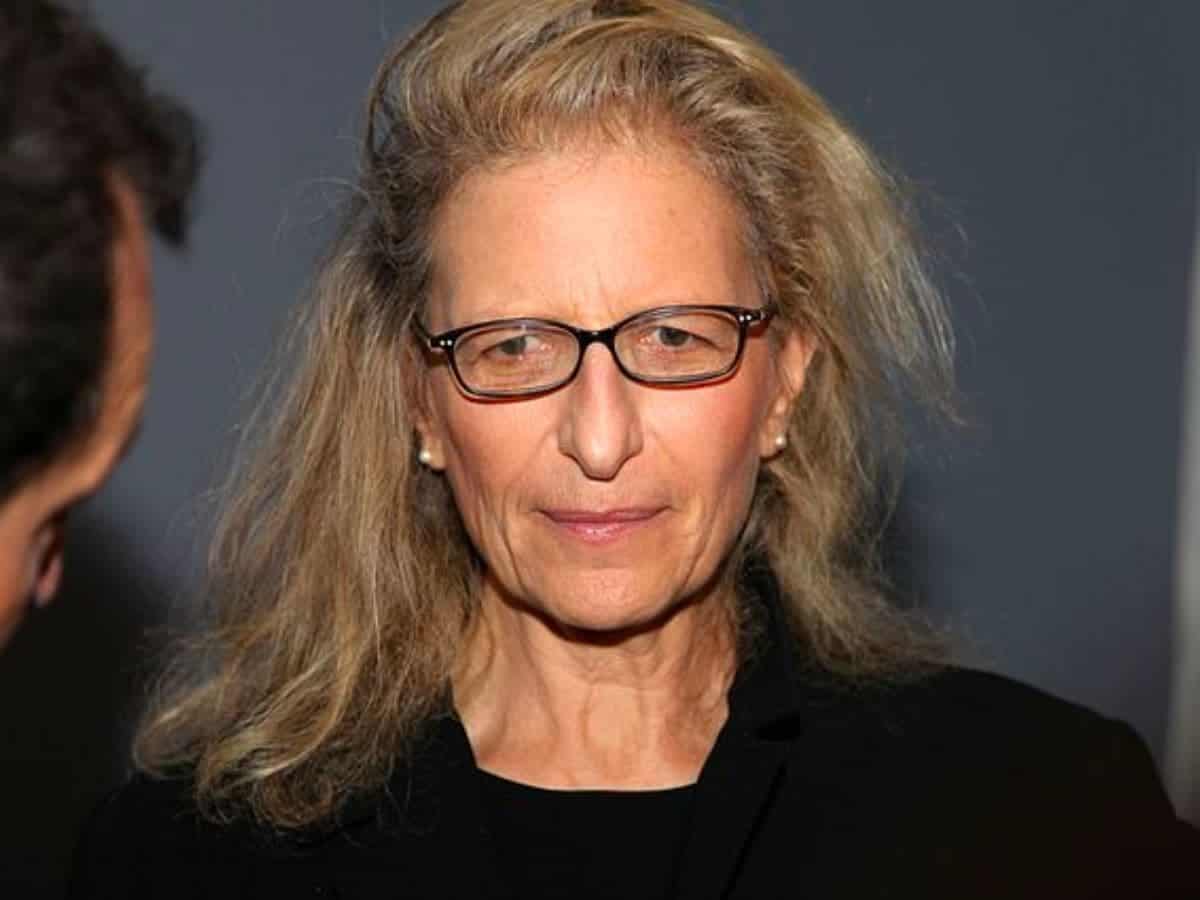
When I say I want to photograph someone, what it really means is that I’d like to know them. Anyone I know I photograph.
Annie Leibovitz
Annie Leibovitz is an American portrait photographer known for her engaging, dramatic, and iconic photos of celebrities.
Leibovitz does an incredible job capturing her subject’s personality intimately and dramatically.
She was the first woman to be named chief photographer at Rolling Stone and have a feature exhibition at Washington’s National Portrait Gallery.
One of her most famous photographs was the last image of John Lennon and Yoko Ono before his death in 1980.
Her style of portrait photography is unique, typically has dramatic lighting, and she’s a living legend.
Related article: Candid photography tips and examples
2. Arnold Newman (1918 – 2006)
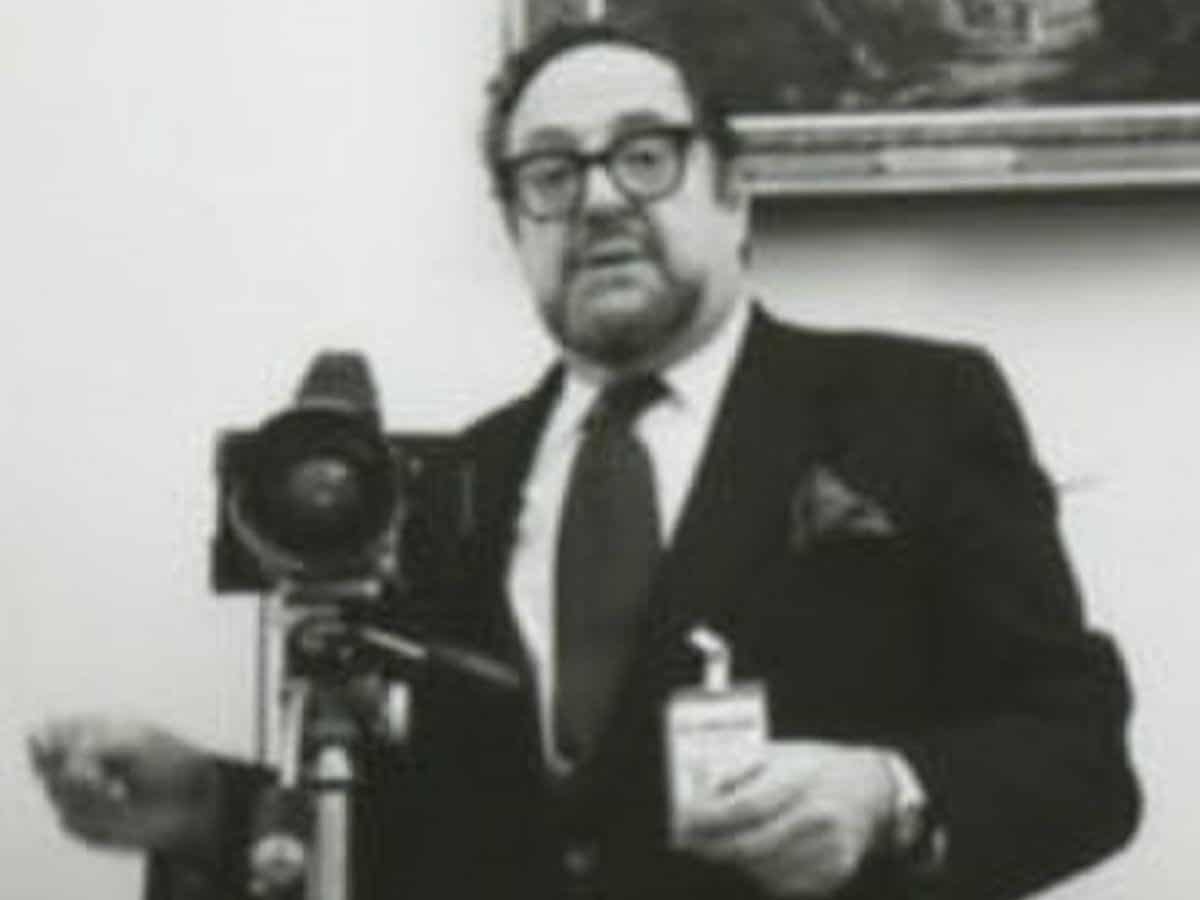
You don’t take pictures with your camera. You take pictures with your mind and your heart.
Arnold Newman
Arnold Newman was an American photographer known for popularizing environmental portraits. Newman is also known for still life and abstract photography.
He captured the essence and personality of artists and politicians surrounded by their work, including Eleanor Roosevelt, Salvador Dalí, Pablo Picasso, Andy Warhol, Marilyn Monroe, and Bill Clinton.
What made Newman’s portraits incredible is that he portrayed them very well. He stated, “I am interested in what motivates individuals, what they do with their lives, their personalities, and how I perceive and interpret them.”
Arnold Newman is often regarded as one of the most influential photographers in history.
3. David Bailey (1938 – )
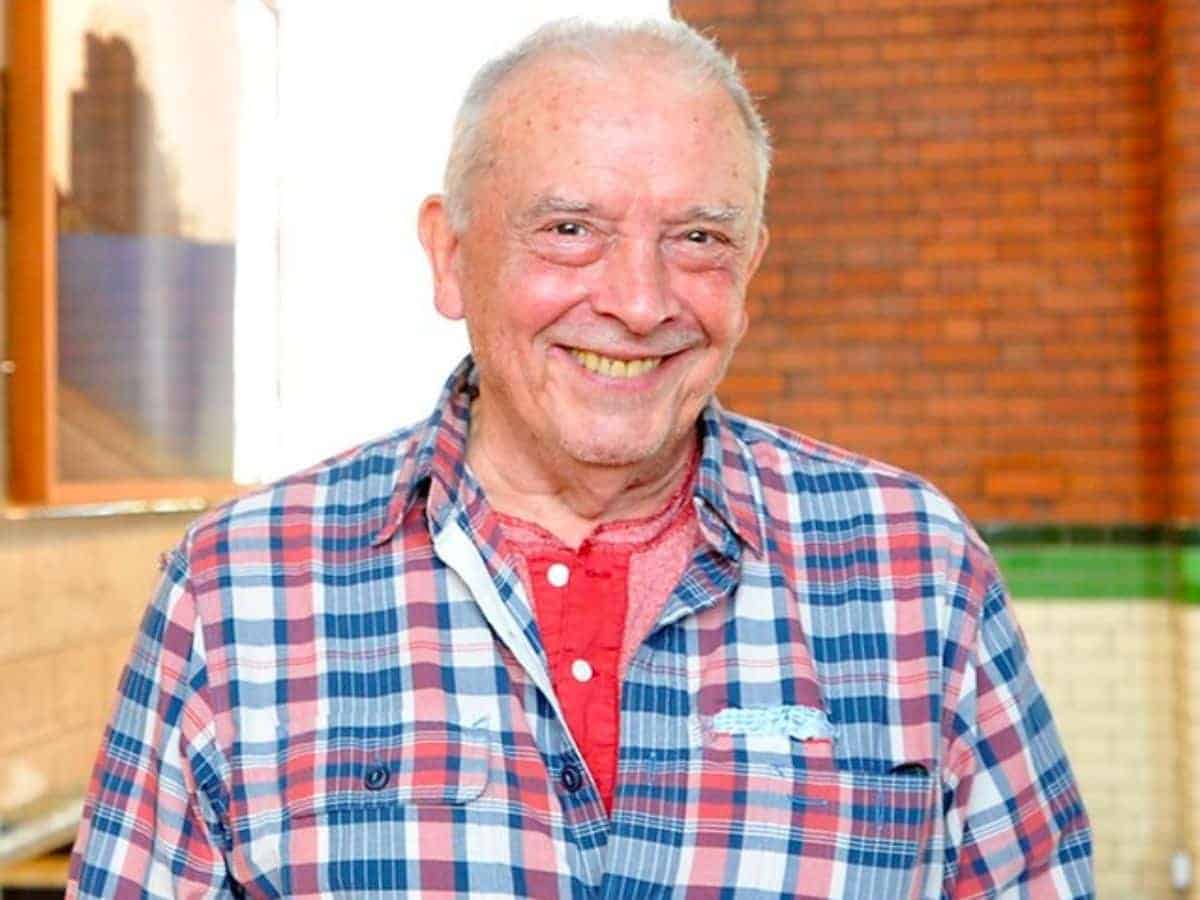
It takes a lot of imagination to be a good photographer. You need less imagination to be a painter because you can invent things. But in photography everything is so ordinary; it takes a lot of looking before you learn to see the extraordinary.
David Bailey
David Bailey is an English fashion and portrait photographer known for portraits of celebrities, models, and musicians. Bailey started as fashion photographer John French’s assistant in 1959.
In 1960, he landed a contract with British Vogue. Over the next 15 years, Bailey continued working at Vogue and took on a lot of freelance work, as well.
He also published two books, Box of Pin-Ups and Goodbye Baby and Amen. Box of Pin-Ups featured black-and-white photographs of Mick Jagger, The Beatles, Twiggy, Andy Warhol, and several other celebrities.
Later, he received the title of Commander of the Order of the British Empire from Queen Elizabeth II.
In 2016, Bailey received a Lifetime Achievement award from the International Center of Photography in New York.
His photographs are in the National Portrait Gallery and the Victoria and Albert Museum in London.
4. Diane Arbus (1923 – 1971)
For me, the subject of the picture is always more important than the picture.
Diane Arbus
Diane Arbus was an American photographer best known for intimate black-and-white portraits of marginalized people.
She believed and did an excellent job at properly representing all people. Her photographs have been in Vogue, Esquire, and Harper’s Bazaar.
Her photography style is distinctive, and she’s also known as being one of the most influential photographers of all time.
Arbus stated that she was a photographer of freaks, which also made her a controversial photographer.
Today, you can find Arbus’ work in many galleries and museums, including the Metropolitan Museum of Art, the National Gallery of Art, and the Los Angeles County Museum of Art.
5. Dorothea Lange (1895 – 1965)
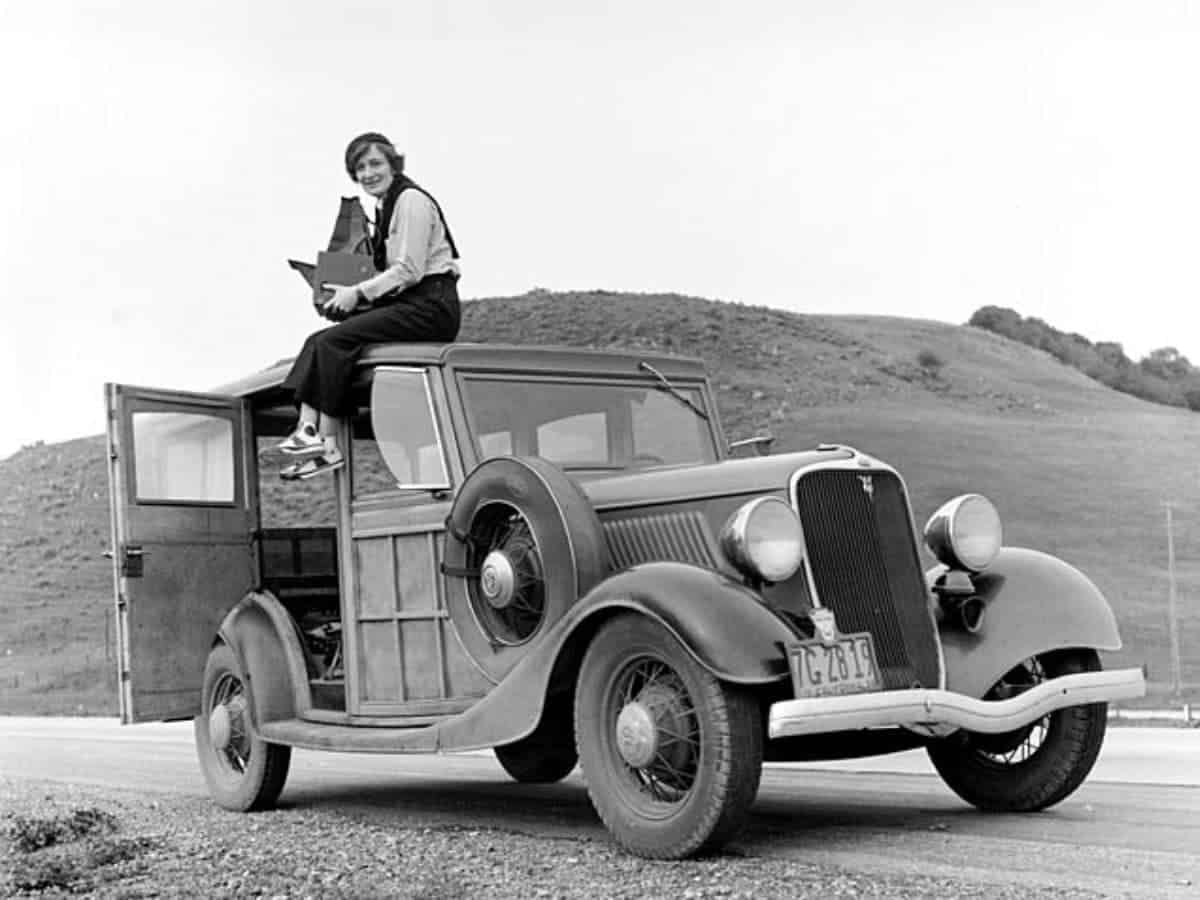
Photography takes an instant out of time, altering life by holding it still.
Dorothea Lange
Dorothea Lange was an American photographer best known for photojournalism and documentary photographer.
Her portraits captured genuine emotions, and she did an effective job communicating the impact of the Great Depression on America.
Lange’s most famous photograph is Migrant Mother, which she took in 1936 while employed by the U.S. government’s Farm Security Administration (FSA) program.
The purpose of the image was to raise awareness of and provide aid to impoverished farmers.
Regarding the photograph, Lange stated, “She and her children had been living on frozen vegetables from the field and wild birds the children caught. The pea crop had frozen; there was no work. Yet they could not move on, for she had just sold the tires from the car to buy food.”
Dorothea Lange was an incredible portrait photographer, but she was more interested in using her photos for social change than classifying them as art.
6. Edward S. Curtis (1868 – 1952)
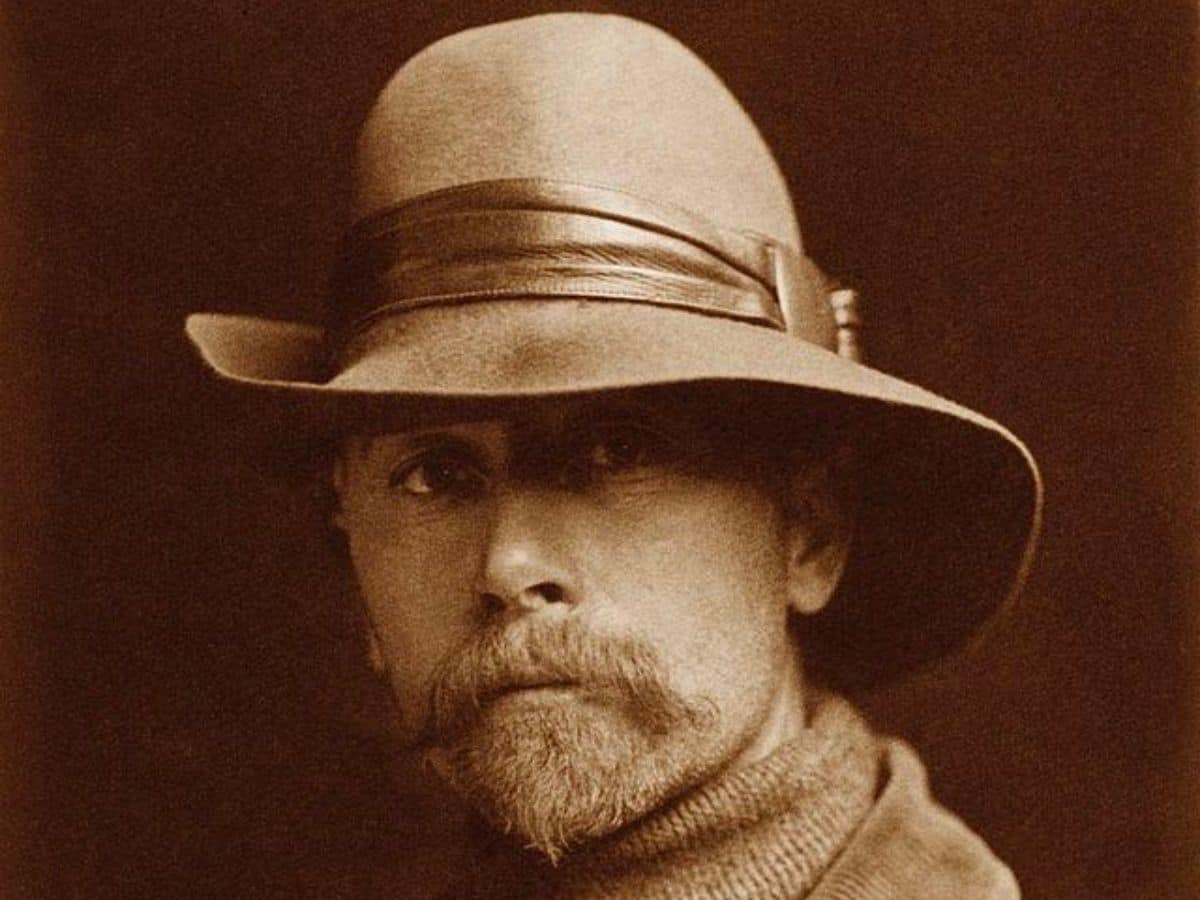
To the oft-asked question, What camera or lens do you use? I can only reply I couldn’t tell to save my soul – it is enough for me to know that I have something that will make pictures and that it is in working order.
Edward S. Curtis
Edward S. Curtis was an American photographer whose work revolved around the American West and Native American people.
Curtis was born in Wisconsin, and at age 17, he became an apprentice photographer in Minnesota. Two years later, his family moved to Seattle.
He bought a new camera and became a partner in an existing photo studio, which he left six months later to form a new partnership.
During his time in Seattle, Edward S. Curtis traveled by foot and horse deep into the Indian territories to document their lives and culture before the government and white expansion destroyed it.
In 1895, Curtis met and photographed Princess Angeline, also known as Kickisomlo, the daughter of Chief Sealth of Seattle.
In 1898, the National Photographic Society selected three of his images for an exhibition.
Curtis went on to be backed by J.P. Morgan and former president Theodore Roosevelt to create The North American Indian.
The New York Herald called it “the most ambitious enterprise in publishing since the production of the King James Bible.”
7. Eric Lafforgue (1964 – )
Take as many photos at you can and keep all of your photographs, even the blurry ones. When you come back in a year or two, you’ll discover new ways to use them.
Eric Lafforgue
Eric Lafforgue is a French photographer famous for his portraits from North Korea. Lafforgue has also photographed indigenous Guna people in the San Blas Islands, off the coast of Panama.
However, he’s best known for the images from his six visits to North Korea. The portraits and documentary photos provide a rare glimpse into the isolated and secretive country.
Lafforgue said, “They know that when I come, I take pictures. They prefer the tourism money, until it causes a problem for one of the people in charge.”
He’s captured spectacular and rare portraits conveying genuine emotions, which is contrary to the belief that they lack happiness.
In 2013, North Korea banned Lafforgue because he smuggled unapproved photos on hidden memory cards to show the reality.
8. Ernest Cole (1940 – 1990)
I don’t just want to show new material just for the sake of showing it but I want it to be related in some way or another. So that the viewer walks away with a message in his head and not just with a head full of images.
Ernest Cole
Ernest Cole was a South African photographer known for his iconic book, House of Bondage.
As a portrait photographer, Ernest Cole captured compelling images filled with emotion.
In his 20s, Cole documented life from a black perspective in South Africa when the National Party brought into effect apartheid.
He’s also South Africa’s first freelance photographer, as he began doing freelance photography in the 1960s for clients, including Drum magazine, the Rand Daily Mail, and the Sunday Express.
Cole captured the horrors of segregation and oppression, but couldn’t publish the photos in South Africa, so he fled in 1966.
Cole went to Europe and the United States. The book was published in New York in 1967.
From there, it made the world aware of the effects of apartheid. From the time he fled to 1990, Ernest Cole spent time in Sweden and New York.
At this point, he’s lost many of his possessions and gave some of his prints to a Swedish photographers association, Tio Fotografer, which later donated them to the Hasselblad Foundation.
In 1990, Cole was homeless and died of pancreatic cancer alone.
Decades later, 60,000 negatives were discovered in a vault at Skandinaviska Enskilda Banken (SEB) in Stockholm, Sweden.
The photos are being examined and worked through between the Hasselblad Foundation and Cole family.
Ernest Cole’s work continues to communicate the issues of poverty and racial inequality.
9. George Hurrell (1904 – 1992)
The most essential thing about my style was working with shadows to design the face instead of flooding it with light.
George Hurrell
George Hurrell was a famous portrait photographer known for his images of celebrities.
While black backgrounds and shadows were looked down on, Hurrell took it and ran with it.
His style of lighting and composition contributed greatly to the glamour of Hollywood in the 1930s and 1940s.
Originally, Hurrell was interested in art and used photography to document his paintings. Then, he transitioned to photography as his preferred medium.
In 1930, George Hurrell was hired as the head of portrait photography at MGM and he went on to open and run his own studio.
Today, you can find his work at The Museum of Modern Art, the Victoria and Albert Museum, the Smithsonian Institution, and the Getty Museum.
10. Gordon Parks (1912 – 2006)
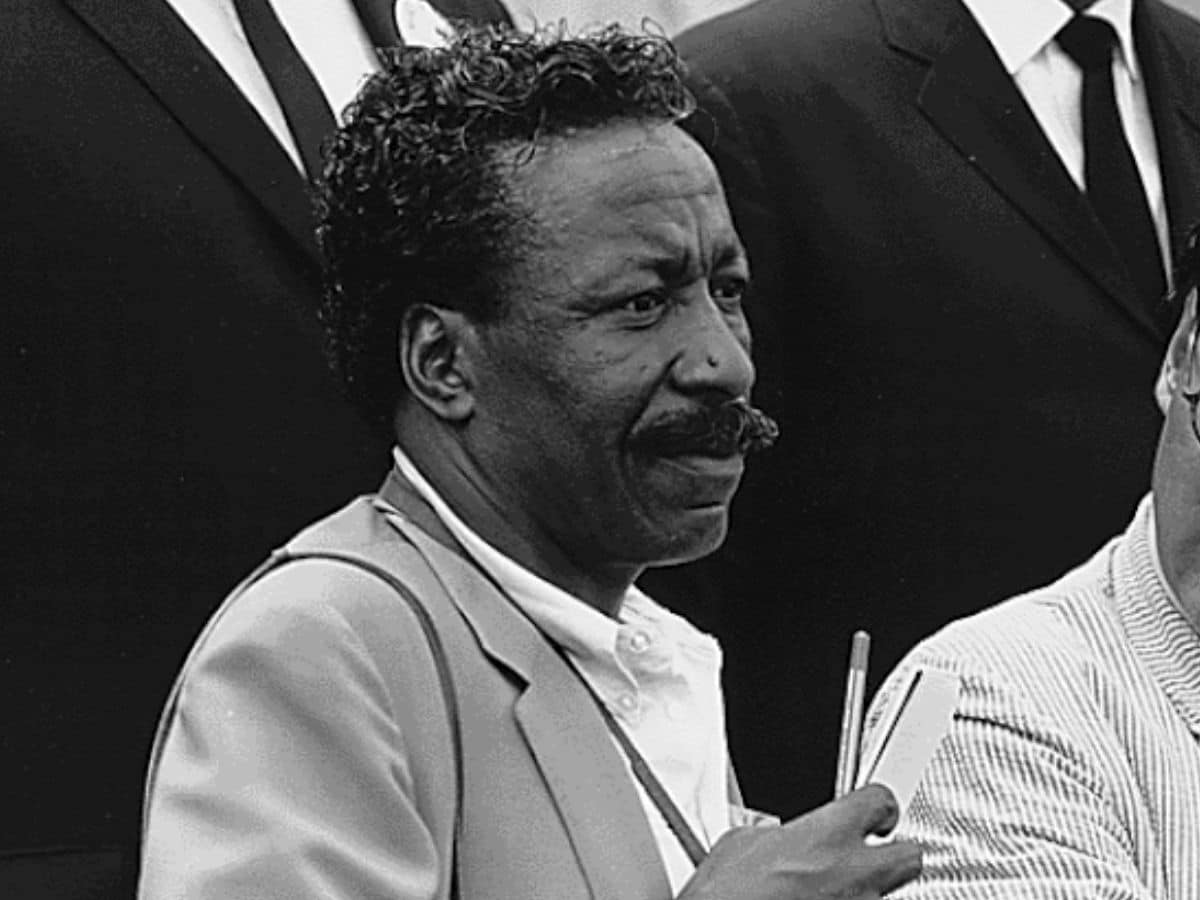
I saw that the camera could be a weapon against poverty, against racism, against all sorts of social wrongs. I knew at that point I had to have a camera.
Gordon Parks
Gordon Parks was multi-talented, as he was an American photographer, musician, writer, and film director.
Parks became famous as a portrait photographer between the 1940s and 1970s due to his photographs focused on glamour, civil rights, poverty, and African-American culture.
Parks was also the first African American to work as a photographer for Vogue and Life magazines.
His most iconic photos were of poor Americans during the 1940s, which he captured for the Farm Security Administration (FSA).
As a self-taught photographer, Gordon Parks has achieved a lot.
He has received many awards, including the American Society of Magazine Photographers’ Photographer of the Year in 1960, the Congress of Racial Equality Lifetime Achievement Award in 2000, and more than 20 honorary doctorates.
Gordon Parks was truly an inspiring, hard-working, and talented photographer.
11. Helmut Newton (1920 – 2004)
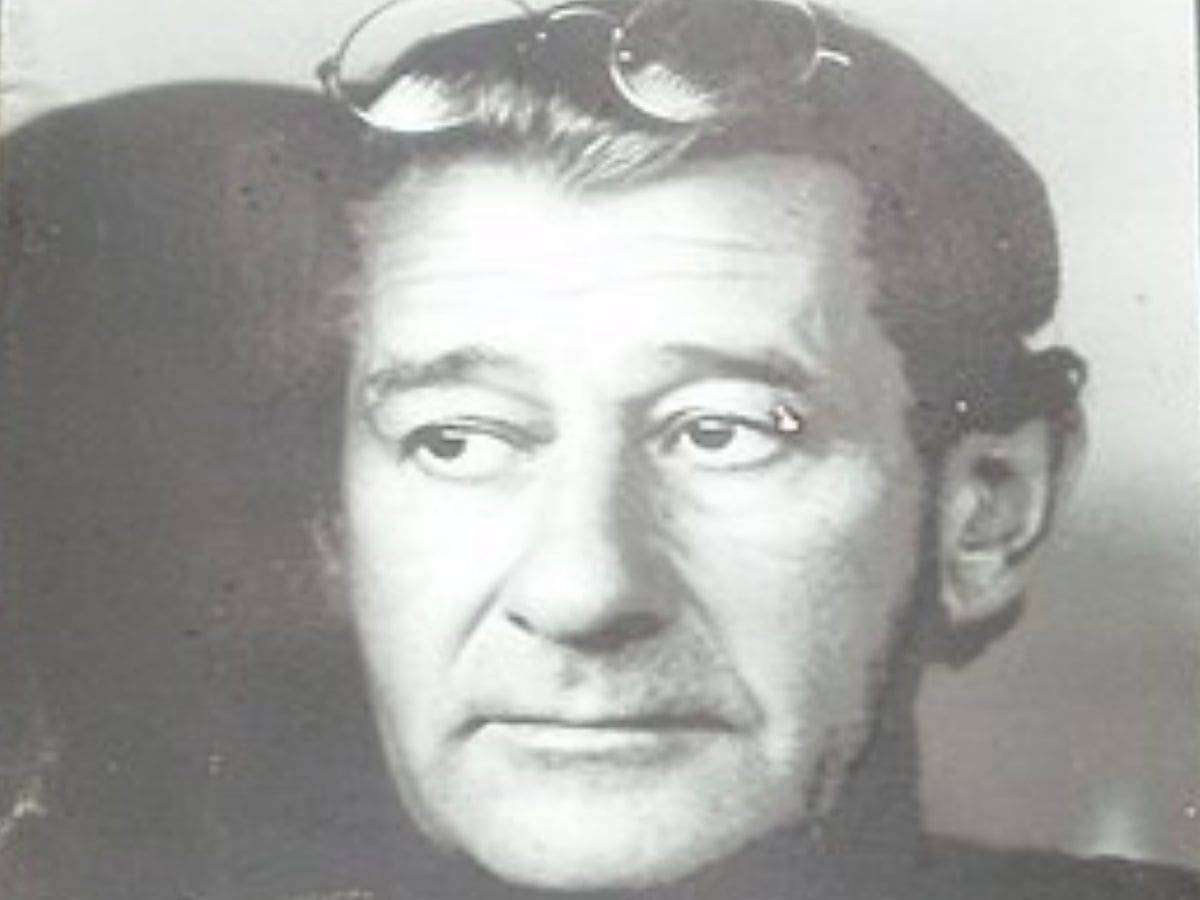
My job as a portrait photographer is to seduce, amuse and entertain.
Helmut Newton
Helmut Newton was a German-Australian photographer known for his fashion and provocative photos. Newton often captured images for Vogue, Harper’s Bazaar, Playboy, Elle, and other publications.
His interest in photography began at 12 years old. At 16, he worked for theatre photographer Elsie Simon, who went by Yva.
As he grew as a photographer, he became known for the dramatic lighting, unconventional poses, edgy and controversial photos.
He pushed the boundaries of the fashion industry with erotically charged portraits.
Later, Newton went on to publish several books and also received the German Kodak Award for Photographic Books, a Life Legend Award, and one from the American Institute for Graphic Arts.
12. Herman Leonard (1923 – 2010)
I wanted to make, yes, individual pictures of the musicians I admired a great deal, but I also wanted to record the scene so that later on, if I looked at that picture, it brought back the memory, even the feeling or the smells of that night.
Herman Leonard
Herman Leonard was an American photographer famous for his unique portraits of jazz icons.
Leonard has photographed nearly every legendary jazz artist and his images have been on over 200 album covers.
His most notable subjects include Ella Fitzgerald, Nat King Cole, Duke Ellington, Billie Holiday, Louis Armstrong, Frank Sinatra, Art Blakely, Dizzy Gillespie, and Chet Baker.
He developed an interest in photography at nine years old and in high school, he was the official photographer.
After college, he moved to Canada to work as an apprentice for master portrait photographer Yousuf Karsh. Then, Leonard moved to New York to open a studio.
While he worked for Esquire, Life, Cosmopolitan, and Playboy, he also spent his free time in clubs, capturing portraits of musicians. His incredible and dramatic portraits in dark and smoky venues made his images stand out.
Today, Herman Leonard’s portraits are considered fine art collector’s items due to his unique documentation of the jazz scene between the 1940s and 1960s.
You can find his work at the GRAMMY Museum, San Francisco Jazz Center (SFJAZZ), Jazz at Lincoln Center, The National Portrait Gallery, and The Clinton Presidential Center.
13. Henri Cartier-Bresson (1908 – 2004)
To take a photograph is to align the head, the eye and the heart. It’s a way of life.
Henri Cartier-Bresson
Henri Cartier-Bresson was a French photographer considered a master of candid photography and a pioneer of street photography.
He also played a role in establishing photojournalism as art. His black-and-white portraits are humane, lively, and spontaneous.
Aside from his images, Cartier-Bresson was known for his book The Decisive Moment, which he published in 1952. In the book, he shared his approach to photography.
Cartier-Bresson was also one of the founding members of Magnum Photos in 1947.
He’s one of the most famous photographers to ever live and has won many prizes, awards, and honorary doctorates.
14. Irving Penn (1917 – 2009)
Many photographers feel their client is the subject. My client is a woman in Kansas who reads Vogue. I’m trying to intrigue, stimulate, feed her. My responsibility is to the reader. The severe portrait that is not the greatest joy in the world to the subject may be enormously interesting to the reader.
Irving Penn
Irving Penn was one of the most unique and influential portrait photographers. He contributed to Vogue for more than six decades and is known for his natural light studio portraits.
Penn’s style was simple yet sophisticated and elegant. He was also one of the first to use a plain white or grey background, which he chose for simplicity.
Additionally, he broke the boundary between commercial, fashion, and fine-art photography.
Today, you can find his work at the Art Institute of Chicago, the Smithsonian Museum of American Art, and the Victoria and Albert Museum.
15. James Van Der Zee (1886 – 1983)
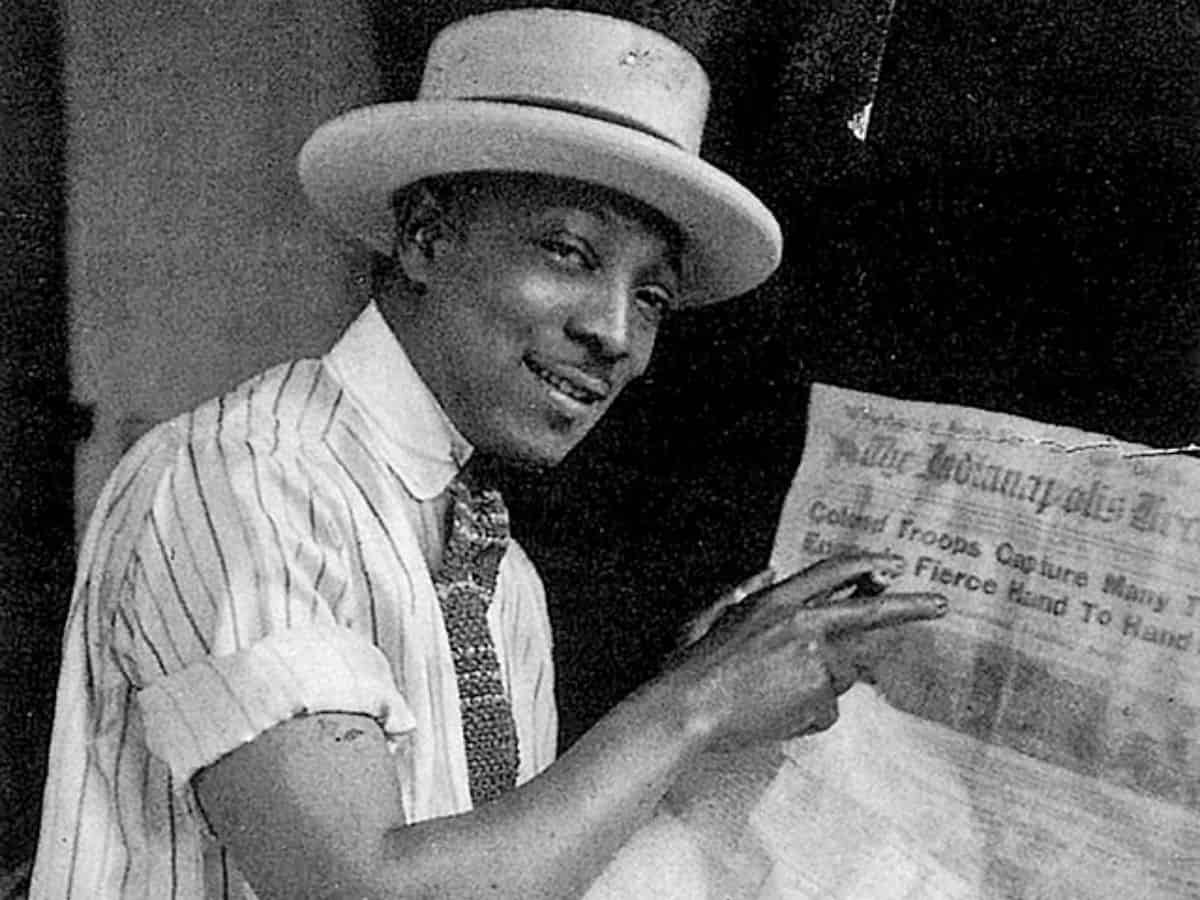
Sometimes the photographs seemed to be more valuable to me than they did to the people I was photographing because I put my heart and soul into them.
James Van Der Zee
James Van Der Zee was best known as a leading figure in the Harlem Renaissance and his detailed portraits of African American life in New York.
Van Der Zee received a camera at 14 and was one of the first to have one in the town of Lenox. There, he captured images of his family and town.
In 1916, he moved to New York to open a photo studio, and quickly, he became the most successful photographer in Harlem.
In Harlem, James Van Der Zee captured iconic portraits of prominent activists and the rising Black middle class.
He eloquently photographed the personality, character, and emotions of his subjects.
16. Jimmy Nelson (1967 – )
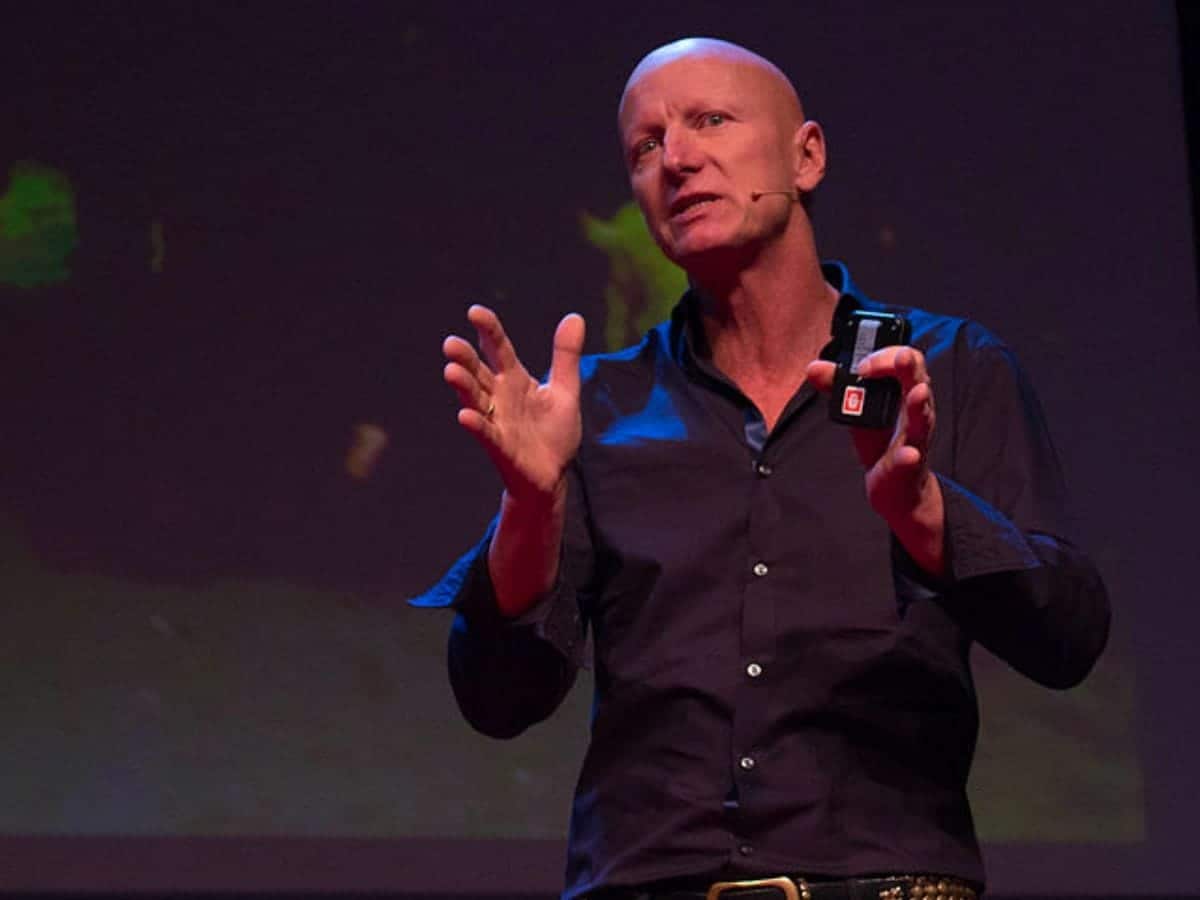
Unlike film, which overwhelms you with movement and sound, defining the ongoing moment, a photograph just sits there quietly while you decide what it is saying.
Jimmy Nelson
Jimmy Nelson is an English photographer known for portraits of indigenous communities. He’s published two popular books, Before They Pass Away and Homage to Humanity.
Between the books, Nelson shares hundreds of photographs from more than 30 indigenous tribes and cultures.
His photos are powerful, captivating, and rare. He takes time to understand his subjects before snapping away.
It allows him to portray the beauty of each person and culture.
17. Julia Margaret Cameron (1815 – 1879)
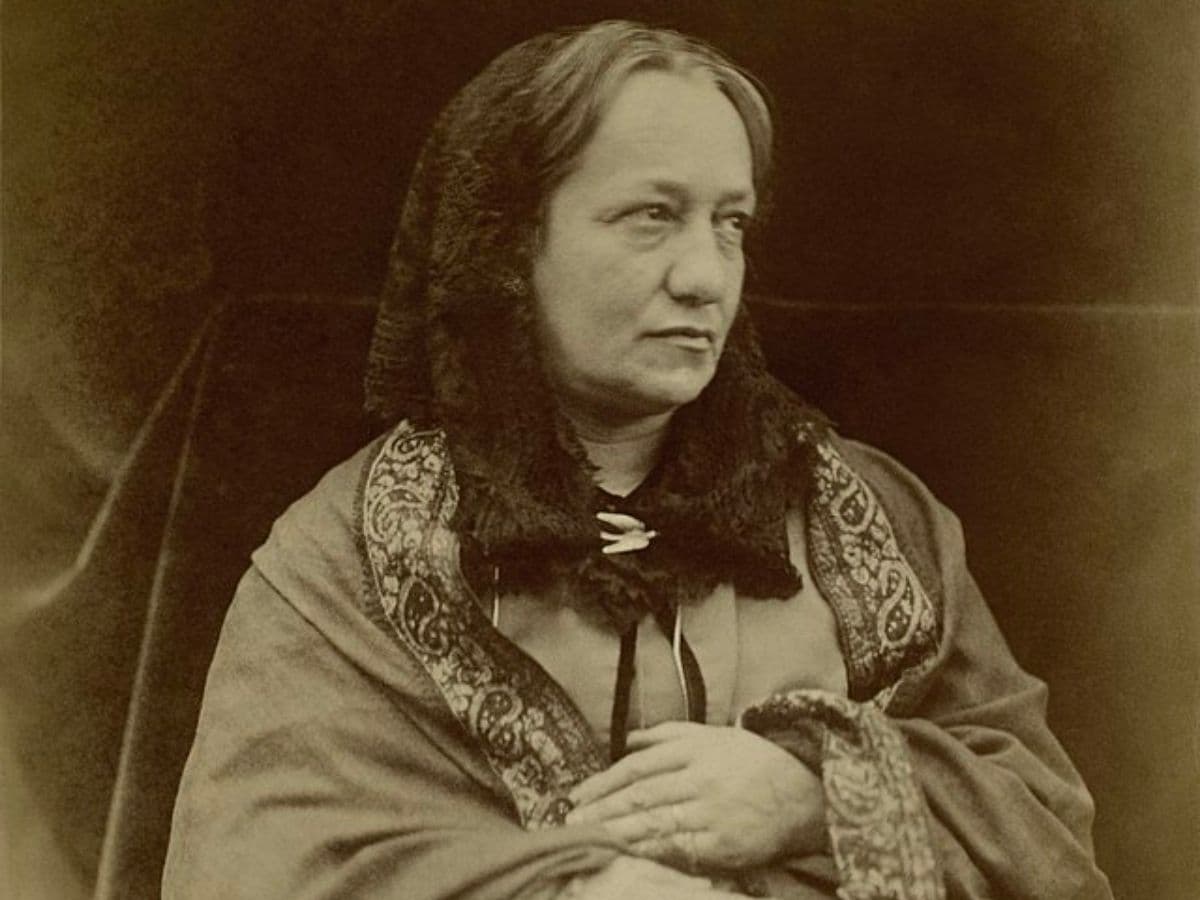
From the first moment I handled my lens with a tender ardour, and it has become to me as a living thing, with voice and memory and creative vigour.
Julia Margaret Cameron
Julia Margaret Cameron was a British photographer and considered one of the most important portrait photographers of the 19th century.
Cameron started doing photography relatively late in life, as she was 48 when her daughter and son-in-law gifted her a camera.
She’s known for her soft-focus style and portraits of renowned Victorians. Cameron wasn’t too concerned about the technical parts of photography.
Instead, she strived to document and capture reality. She received criticism and ridicule, but her style made her legendary.
18. Margaret Bourke-White (1904 – 1971)
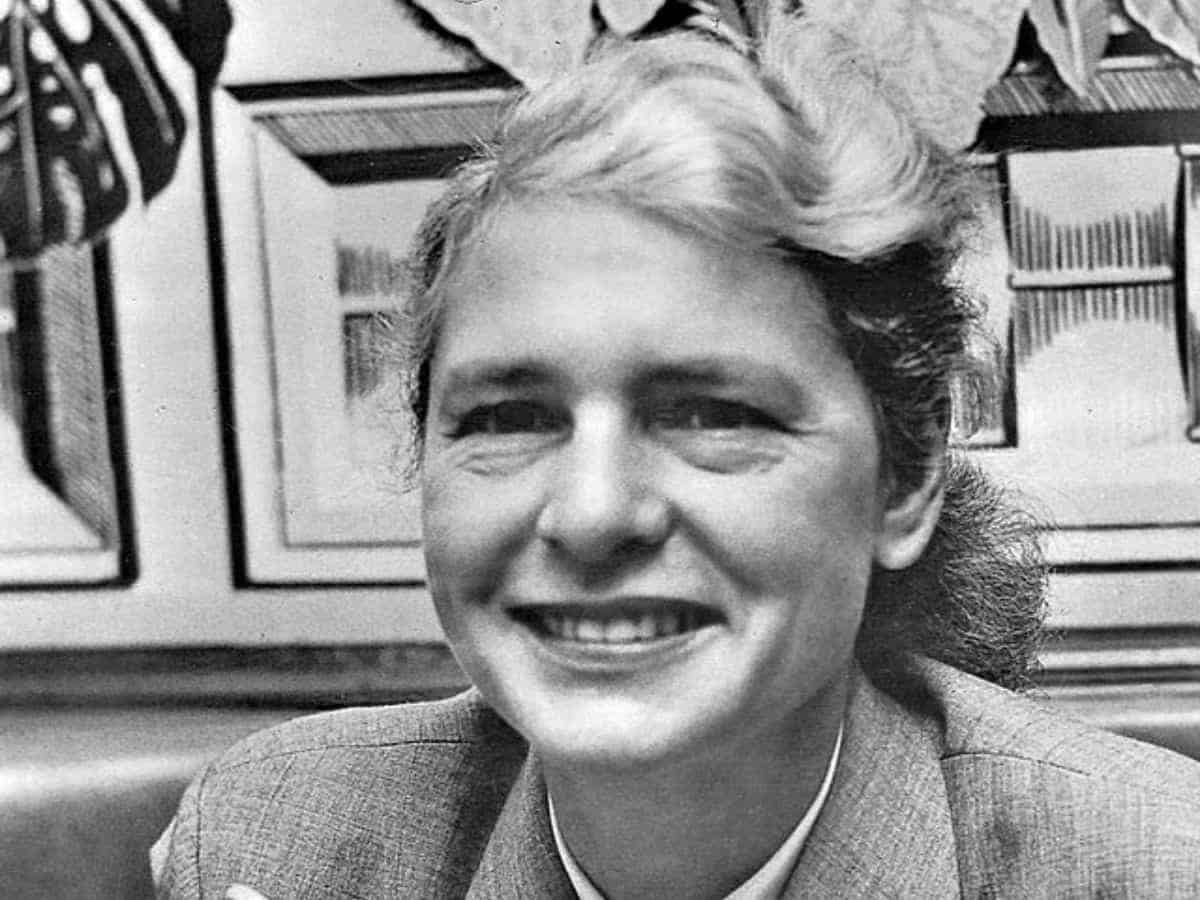
Photography is a very subtle thing. You must let the camera take you by the hand, as it were, and lead you into your subject.
Margaret Bourke-White
Margaret Bourke-White was an American photographer who was the first to do many things.
Bourke-White was the first female war correspondent, first foreign photographer permitted to document Soviet industry, Fortune’s first staff photographer, first female staff photographer for Life magazine, and captured its first cover photo.
She also captured several of the first photographs inside German concentration camps at Erla and Buchenwald after World War II and captured the last portraits of Mahatma Gandhi in India.
Bourke-White played an important role in photojournalism.
She did an excellent job communicating the intensity of major world events while respecting formal relationships and ensuring the image looked good.
19. Martín Chambi (1891 – 1973)
Martín Chambi was a Peruvian photographer known for his portraits of the people of Cusco.
He also captured landscapes of the city in the Peruvian Andes, which was once the capital of the Inca Empire.
Chambi was one of the finest photographers because of his ability to use light, set up an aesthetic composition, and communicate through an image.
He also brought awareness and insight into the lost, ancient culture. Martín Chambi was an incredible photographer who left a great legacy.
20. Martin Schoeller (1968 – )
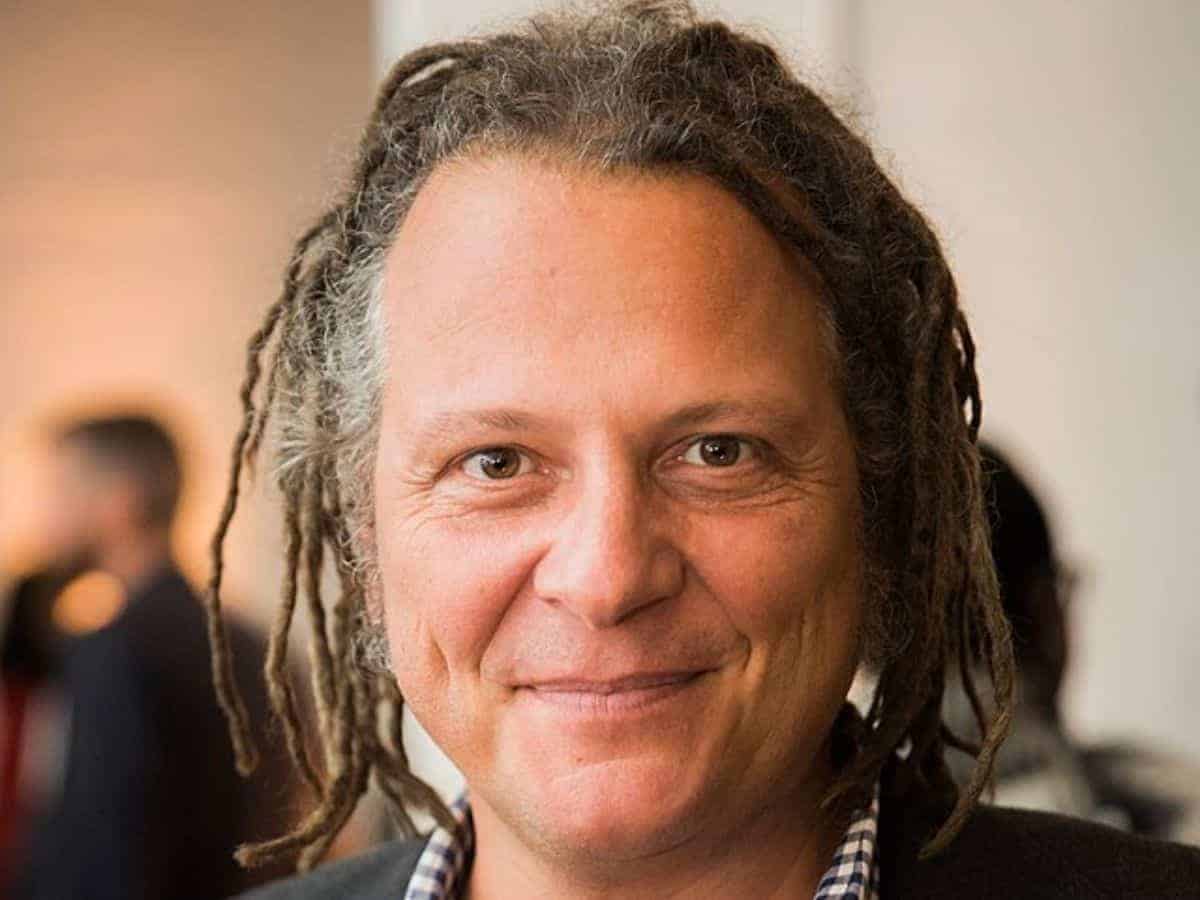
A photographic close-up is perhaps the purest form of portraiture, creating a confrontation between the viewer and the subject that daily interaction makes impossible, or at least impolite.
Martin Schoeller
Martin Schoeller is a German photographer based in New York known for his extreme close-up portraits.
He captures the same detailed portraits and headshots for celebrities and ordinary people.
Schoeller worked as an assistant to famed photographer Annie Leibovitz and later joined Richard Avedon as a photo contributor to The New Yorker.
His style is distinguished by a medium tonal range, even lighting, and a tight crop. You can find his work at The Smithsonian National Portrait Gallery.
21. Philippe Halsman (1906 – 1979)
Most people stiffen with self-consciousness when they pose for a photograph. Lighting and fine camera equipment are useless if the photographer cannot make them drop the mask, at least for a moment, so he can capture on his film their real, undistorted personality and character.
Philippe Halsman
Philippe Halsman was a Latvian-born American portrait photographer best known for portraits of Marilyn Monroe, Albert Einstein, Audrey Hepburn, and other celebrities and politicians.
Halsman published the popular photobook Jump in 1959, where he photographed unguarded moments by asking his subjects to jump in the air.
Additionally, Halsman’s photographs were on over 100 Life magazine covers, several for Time magazine, and he was the first president of the American Society of Magazine Photographers.
What made him distinct and legendary was his ability to make famous people look approachable, gentle, and real.
He also made groundbreaking inventions, including the twin-lens reflex camera that allowed users to see the subject through a viewfinder.
22. Richard Avedon (1923 – 2004)
A portrait is not a likeness. The moment an emotion or fact is transformed into a photograph it is no longer a fact but an opinion. There is no such thing as inaccuracy in a photograph. All photographs are accurate. None of them is the truth.
Richard Avedon
Richard Avedon was an American fashion and portrait photographer best known for minimal, dynamic, and elegant images.
He did an excellent job capturing the essence and emotions of ordinary people and icons, such as Dr. Martin Luther King, Jr., Marilyn Monroe, Malcolm X, and the Beatles.
Avedon went against the grain and challenged traditional photography, as he helped turn photography into art.
Avedon’s portraits were often found in Harper’s Bazaar, Vogue, and The New Yorker. Today, his images are often exhibited in New York, Paris, and London.
23. Steve McCurry (1950 – )
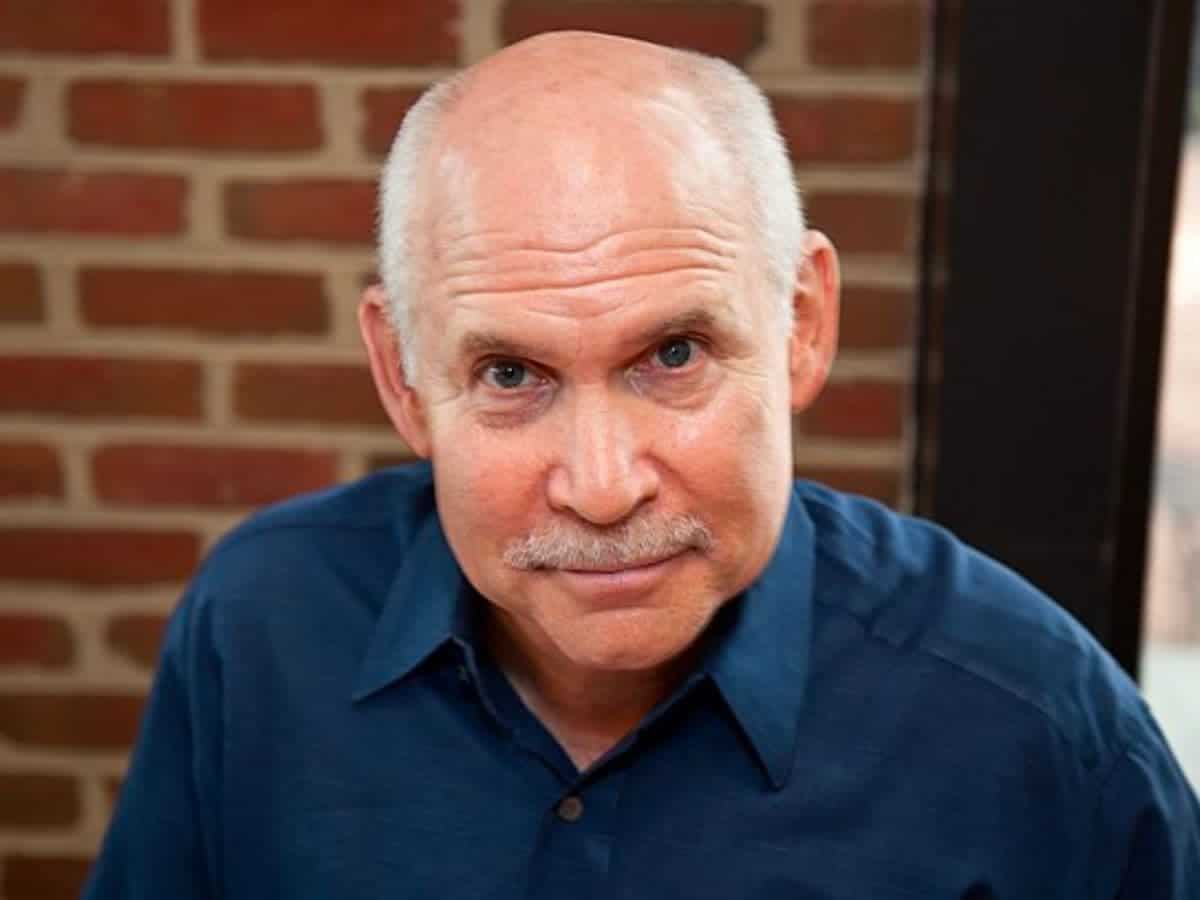
Most of my photos are grounded in people, I look for the unguarded moment, the essential soul peeking out, experience etched on a persons face.
Steve McCurry
Steve McCurry is one of the best-known photographers. His most famous portrait is Afghan Girl, a girl with piercing green eyes. It appeared on the June 1985 cover of National Geographic.
McCurry’s photography is unique because he covers the effects of war and conflicts. He also captures images of vanishing cultures and ancient traditions.
He’s won many prestigious awards, including the Robert Capa Gold Medal and National Press Photographers Award.
24. W. Eugene Smith (1918 – 1978)
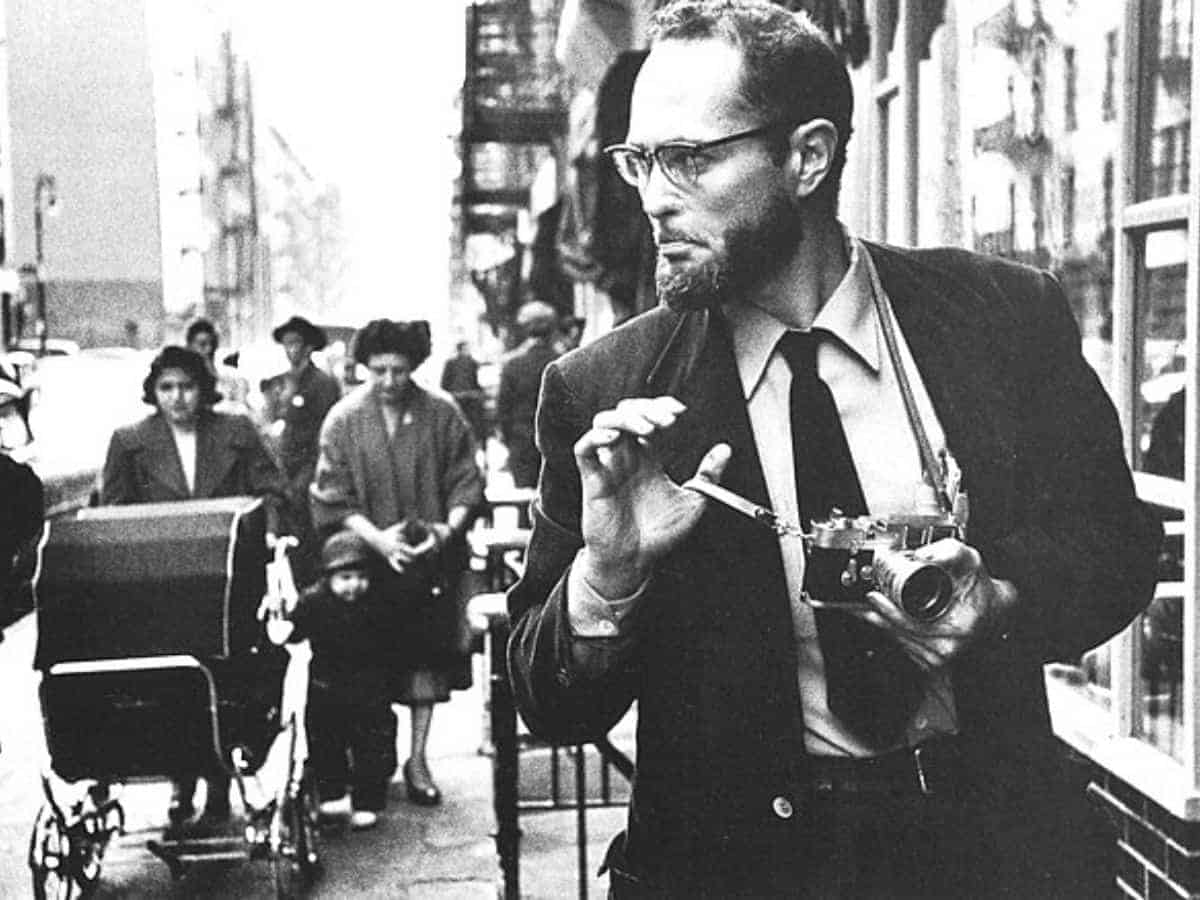
The purpose of all art is to cause a deep and emotion, also one that is entertaining or pleasing. Out of the depth and entertainment comes value.
W. Eugene Smith
W. Eugene Smith was an American photographer known for compelling photo essays.
His portraits were full of drama and emotion. Smith did freelance photography for Harper’s Bazaar, The New York Times, and Colliers, but his most famous work came from an assignment as a World War II correspondent.
His images became renowned and legendary due to their truthful and emotional depictions.
In 1984, Smith was inducted into the International Photography Hall of Fame and Museum.
25. Yousuf Karsh (1908 – 2002)
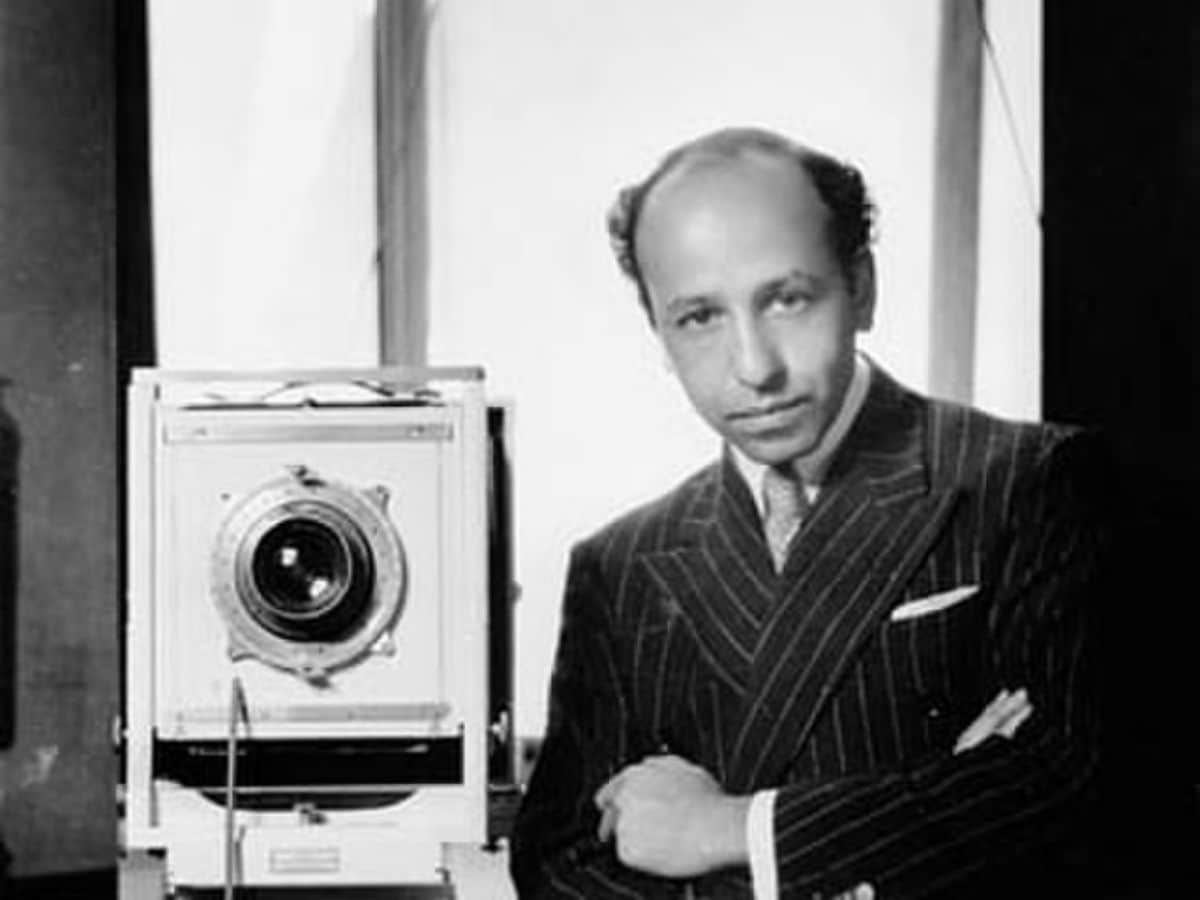
Look and think before opening the shutter. The heart and mind are the true lens of the camera.
Yousuf Karsh
Yousuf Karsh was an Armenian-Canadian photographer known for his portraits of important and famous individuals.
His most notable subjects include Princess Elizabeth, Walt Disney, Winston Churchill, Marilyn Monroe, Muhammed Ali, and Albert Einstein.
Karsh had a great eye and the ability to produce incredible portraits. He had a distinctive style and used artificial lighting to make the portraits more dramatic.
He also received many awards throughout his life, including the Order of Canada for lifetime achievement.
You can find his work at the Art Institute of Chicago, the National Portrait Gallery in London, the Metropolitan Museum of Art, the Museum of Fine Arts, the Museum of Modern Art, and the National Gallery of Canada.
